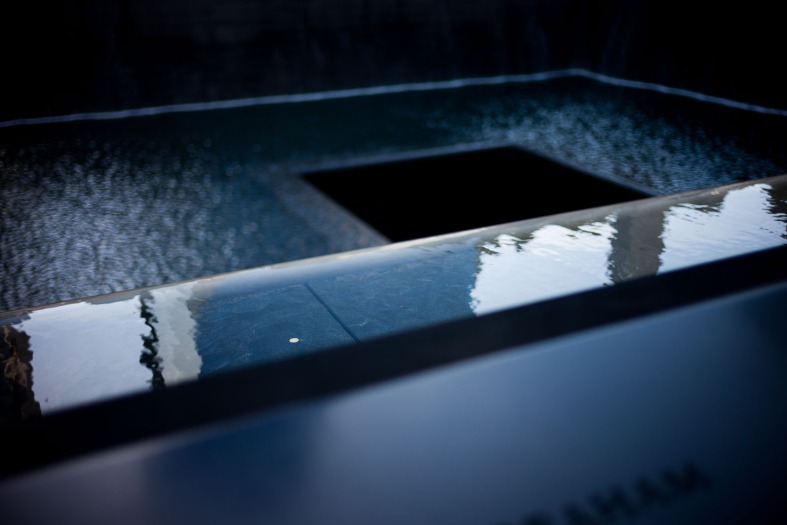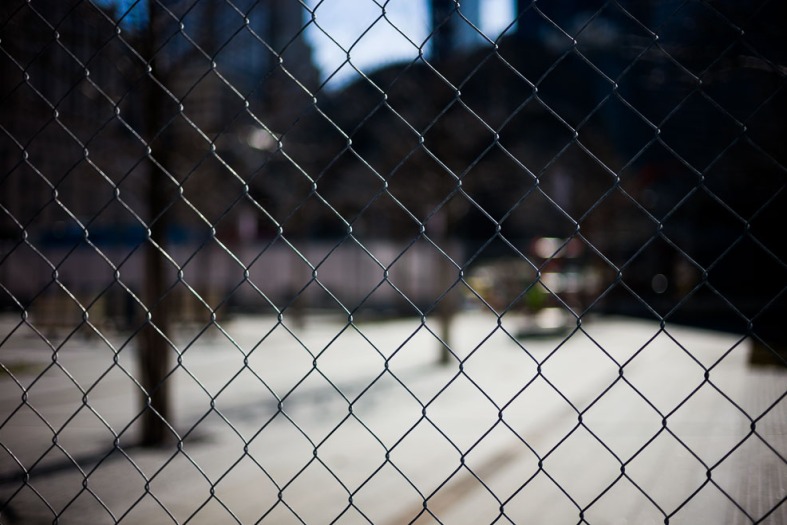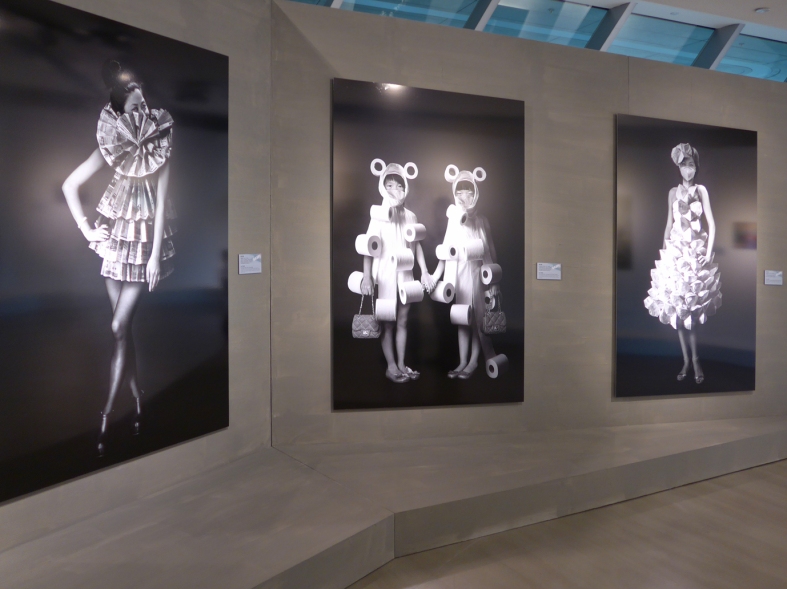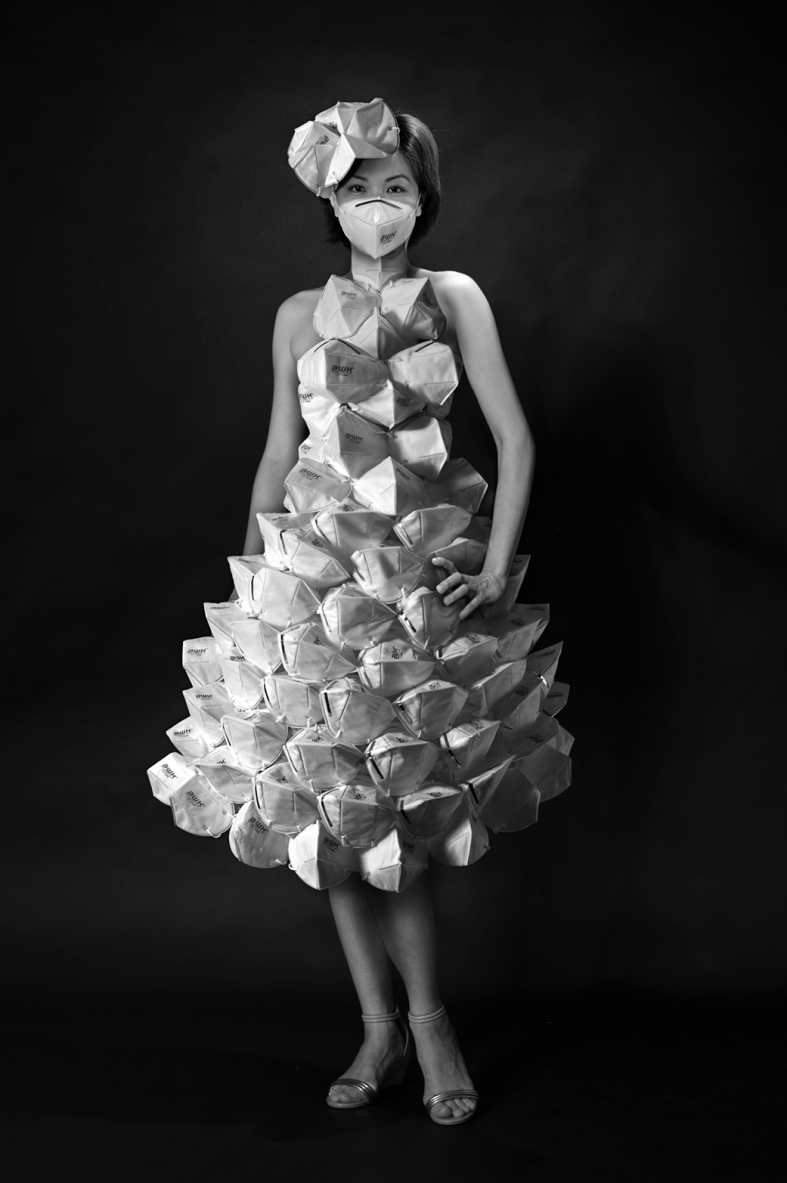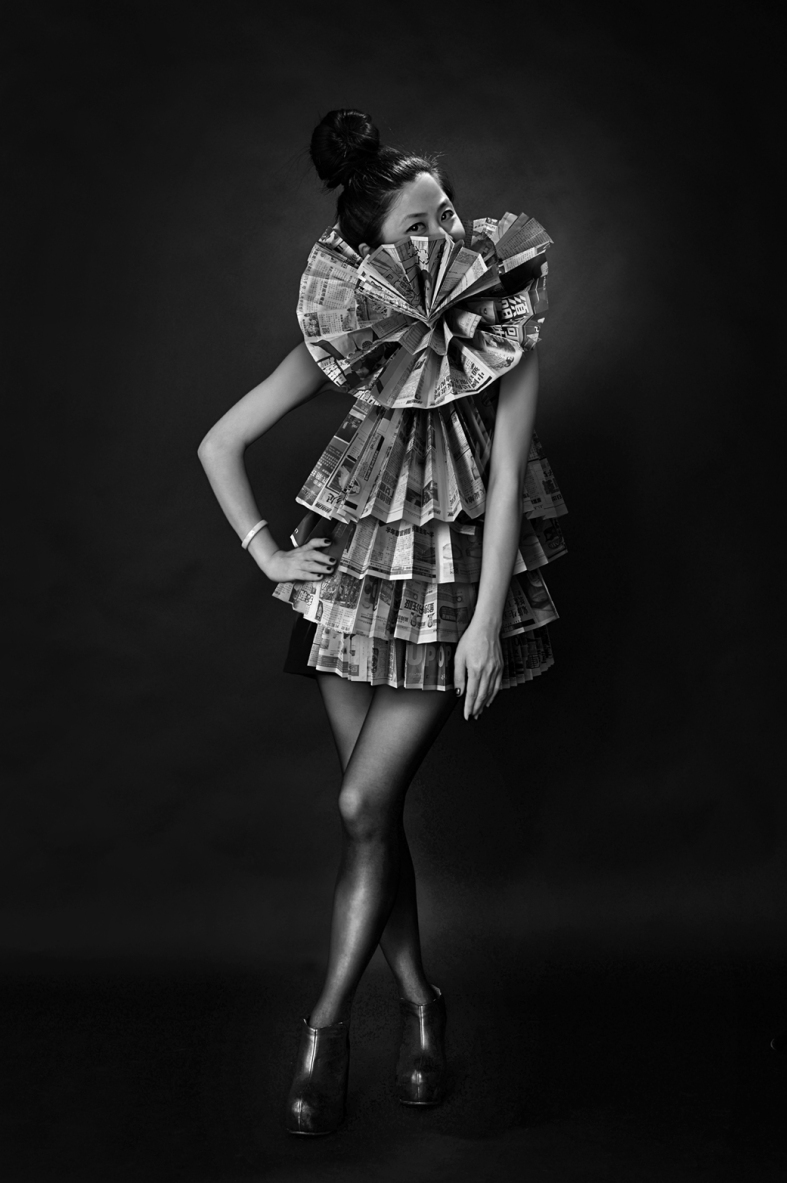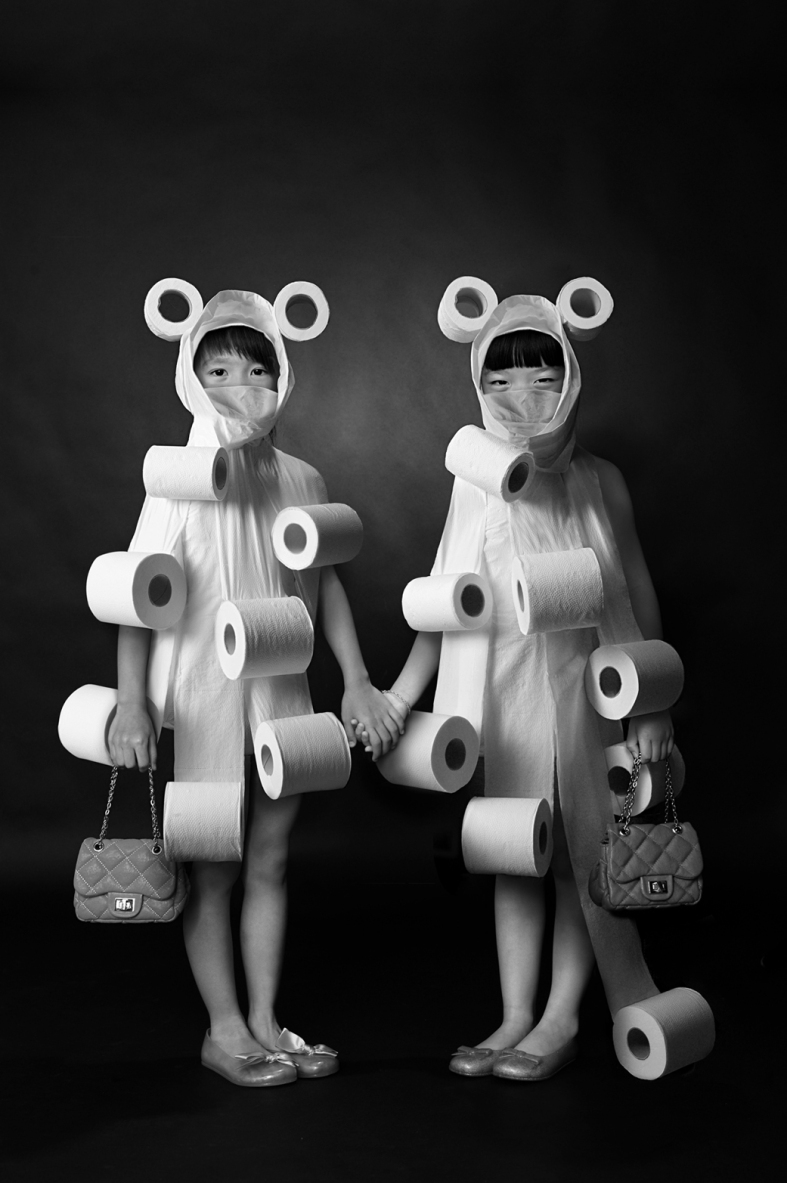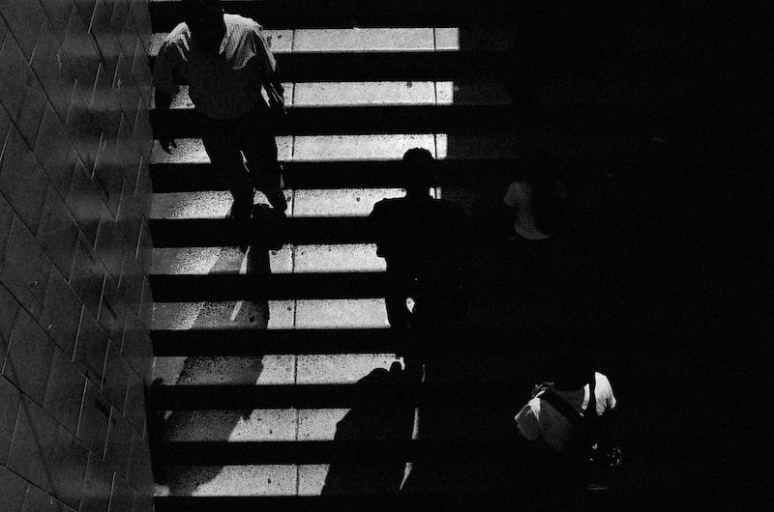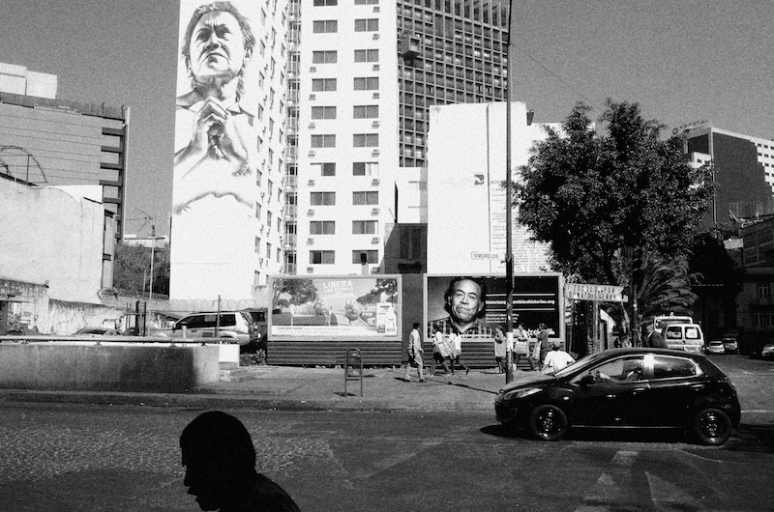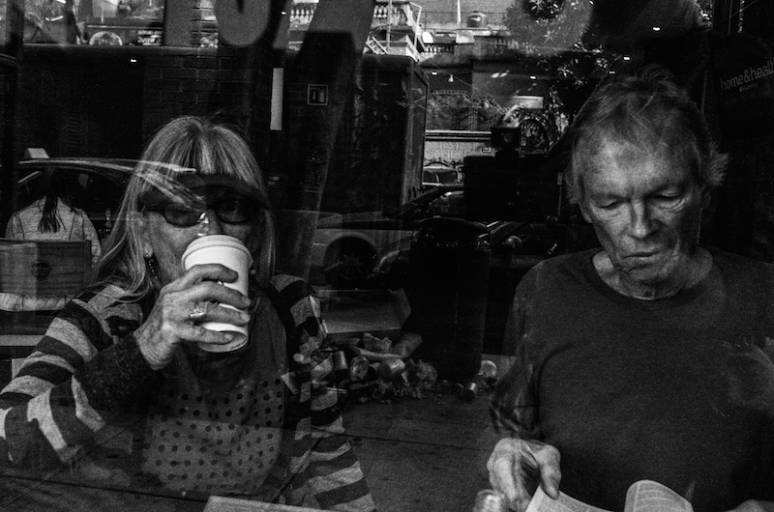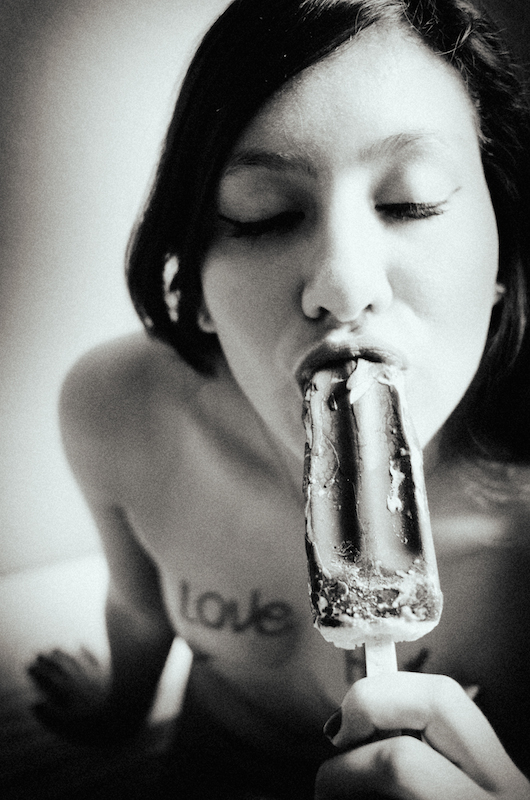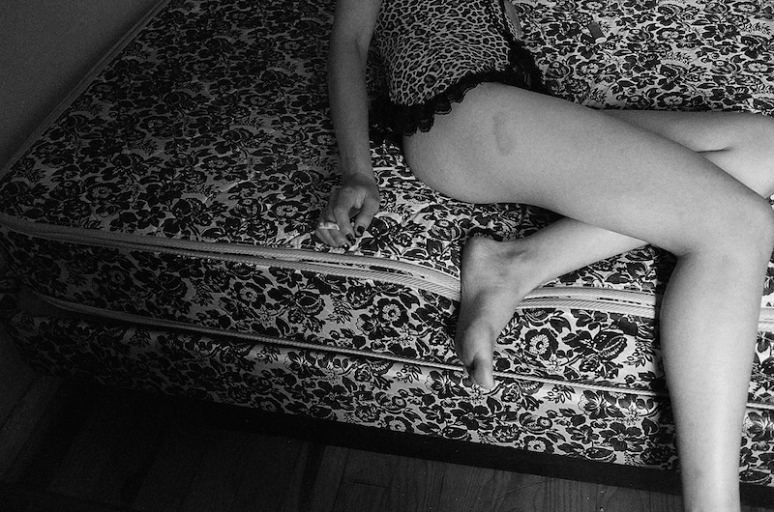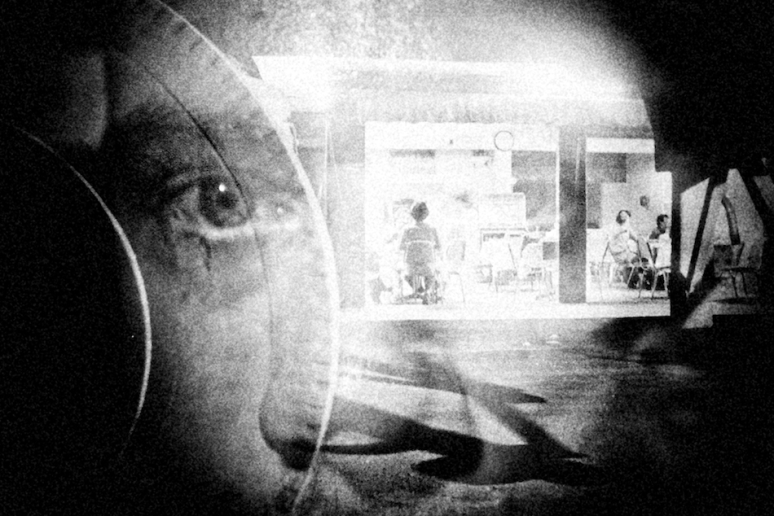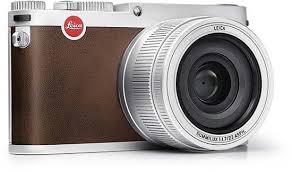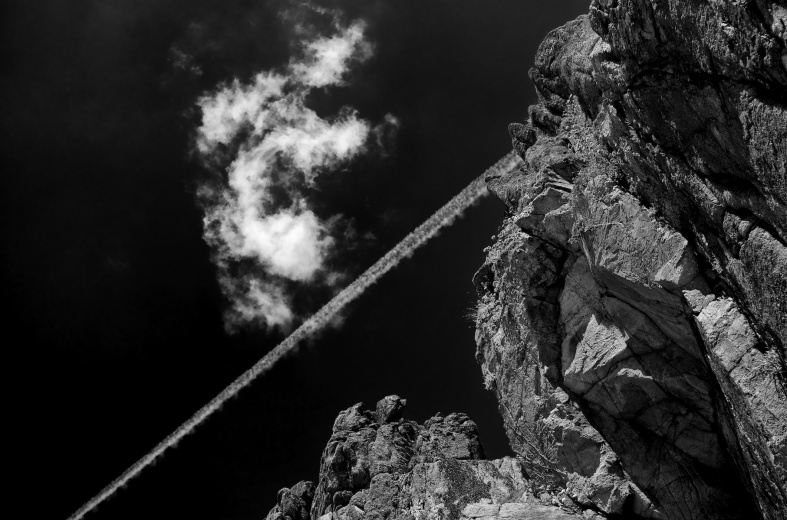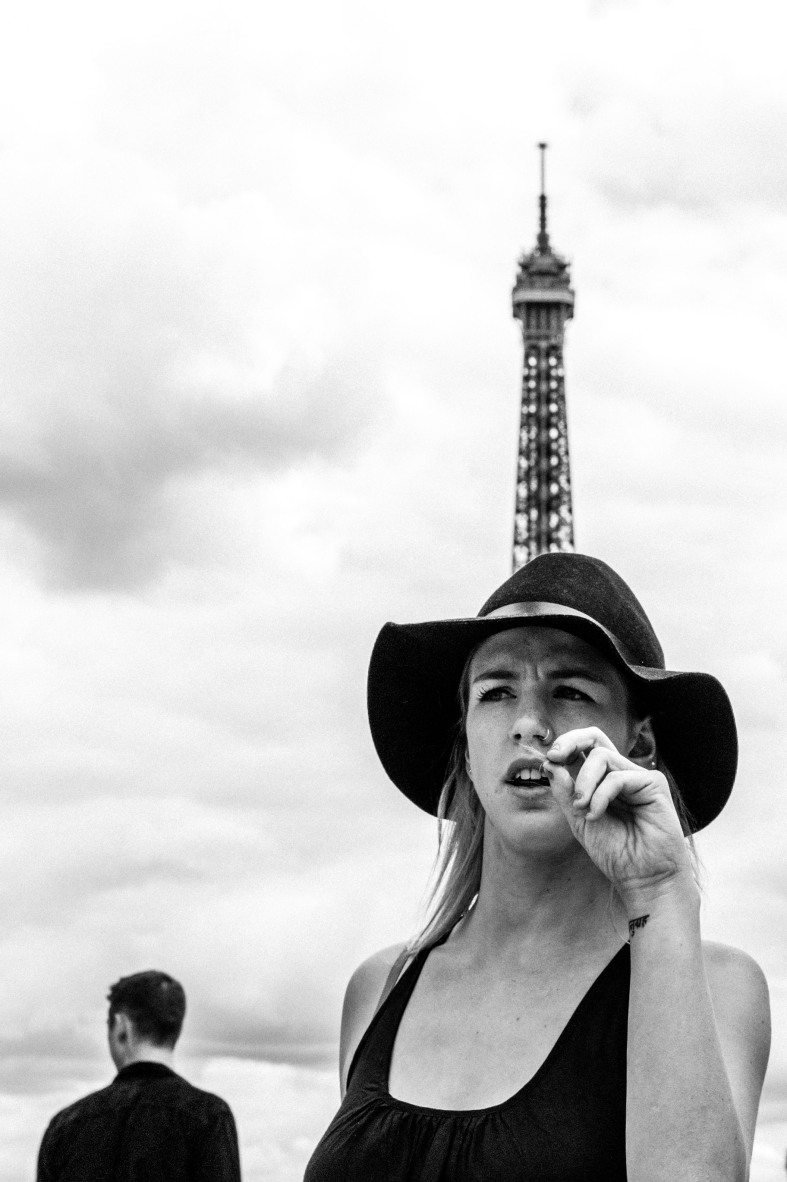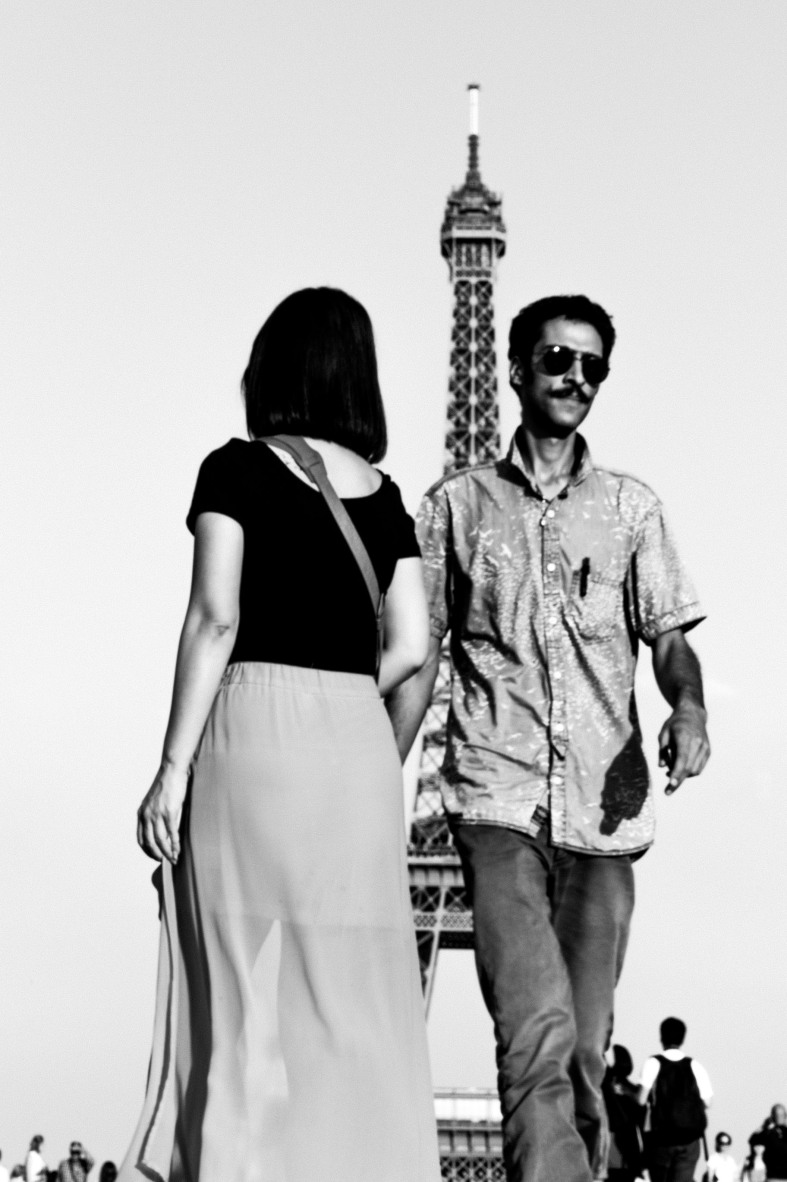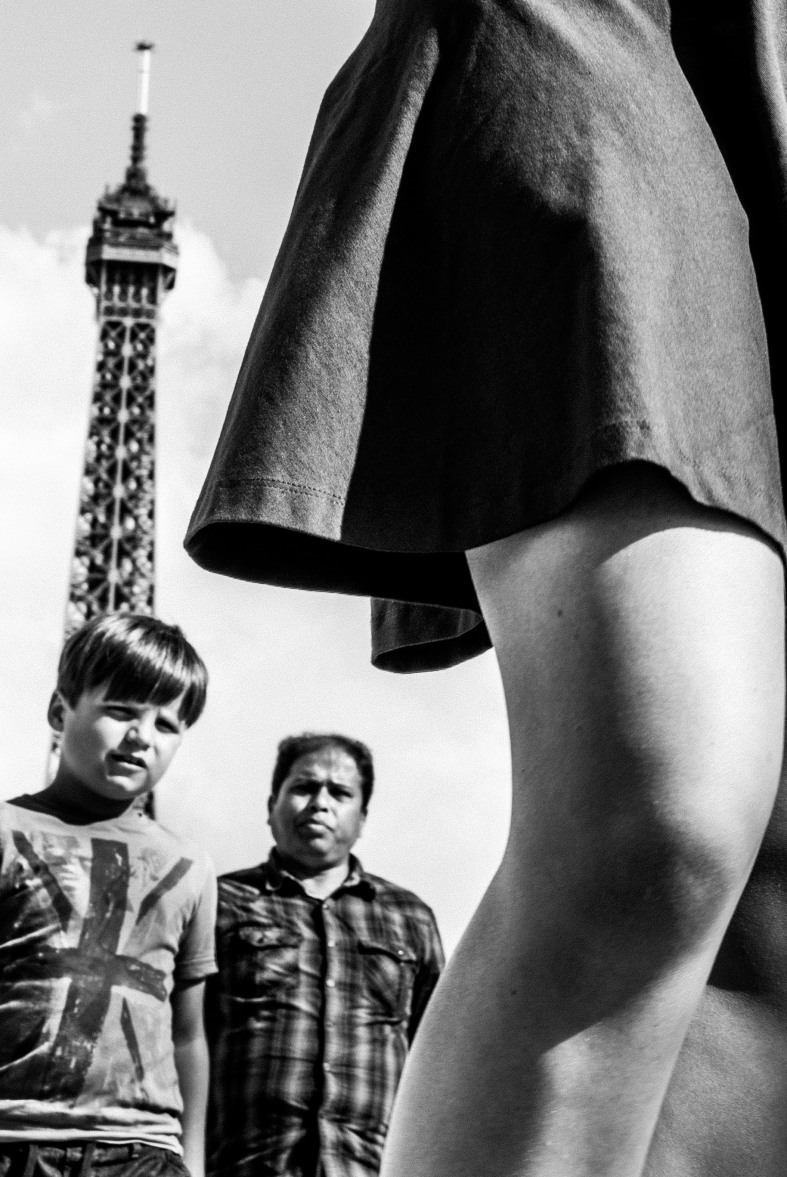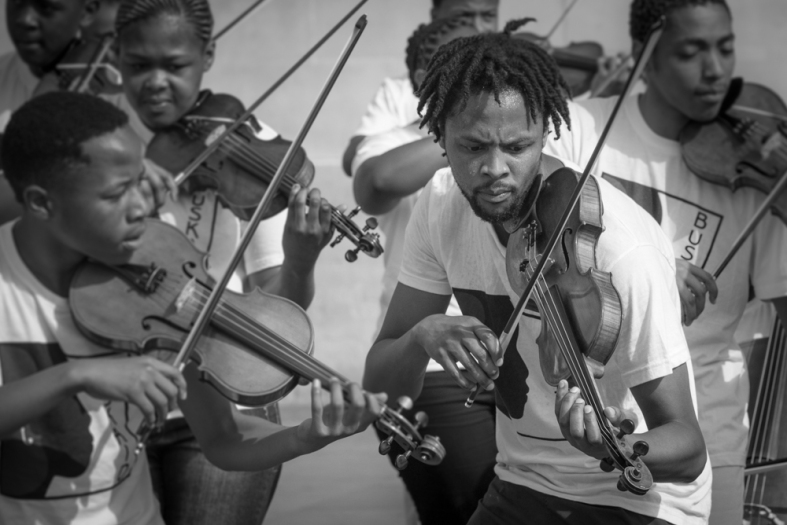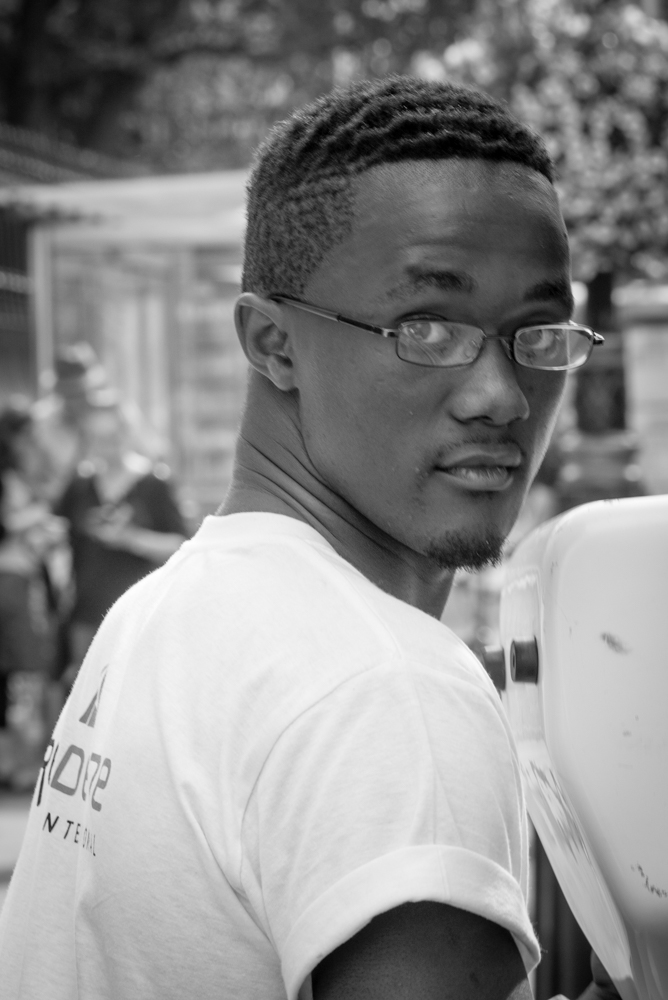We waited in line, checking pockets, removing belts and placing all objects in a container for scanning. The room was full of chatter as we walked through the gates. Assembling ourselves back together, I realized one of the sacrifices we now all made. Part of the price of feeling secure is loosing a little freedom. That was when I decided to shoot something unique, something more than just a postcard or pictorial of this 9/11 monument. I wanted something that depicted the emotion I felt while standing on this ground sanctified by so many. I wanted to show the emotion that those people must have felt that fateful day. I created the portfolio Remembering 911. Link here.
For my age group, the attacks of 9/11 were the overbearing loss of life that we viewed as it happened in real time. I remember other events as a child and many more from history lessons with wasteful loss of life, but none I experienced this close. Visiting those historical sites is moving, but nothing evokes my emotion like 9/11. I now understand my parents statement, “I remember where I was and what I was doing when Kennedy was shot…” This site carries a somber meaning to me both as a human being and a citizen of the country.
As we entered the memorial, I noticed how quiet it was. Surveying the area, I found a rose set in someone’s name and made the image permanent. I was using the Summilux-M 35mm wide-open keeping the depth of field to a minimum. The FLE version of this lens allowed me to remain close to the subject producing smooth bokeh while the rose remained sharp.
I kept taking images of the two large fountains. Four sided cubes with water falling from every side to a large square drain in the middle, these occupied the foundations of the former Twin Towers. The black sides of the fountains were stark in the shade of the tall office building across the street. Shutting my eyes, I could hear the white noise resulting from the falling water. I imagined the tears of those trapped in the top floors of the Twin Towers.
After clicking a few quick images of the hole in the center of the drain, I pulled the focus back to the reflections of the skyline contained in the water at the top.
Then I pulled back again to focus on the names that were written in engraved stone surrounding each fountain. As the Vietnam Memorial came to mind in Washington, DC I decided I liked the names surrounding the fountain. It was almost like a gathering place for their memories.
Reviewing the images, a realization came that I needed to show the intimate connection of the monuments and the people there. I wanted to include enough of the people present, but not take away from the focal point of the memories. The images had to speak of the silence all around. I came back to that somber feeling. I thought again about the tears in people’s eyes at the tops of the towers, waiting for help that didn’t come. Some, I imagined, were crying as they determined how to meet their fate. I could picture them looking down the building towards the ground but not being able to see through the smoke. I decided to represent the tear filled eyes through the outstanding bokeh of the Leica lens. I decided to represent the smoke through the sharp shadows of this sunny day.
I started taking images of shadows from the people surrounding the fountain and their interaction with each other. I looked at other shadows formed on the ground and mid April meant only the Cherry trees had blooms – the other trees had not yet sprouted leaves. I began shooting the shadows of the crooked, and spindled branches on the ground. It reminded me of the needless hand of death, reaching out to those it came to claim.
There was still a fair amount of construction as the visitor’s center was not yet complete. The chain link fence provided two backdrops. First, the length of fencing provided a border that people couldn’t cross. The fence represented containment. I saw the containment of the people trapped in the tower and our containment now as we look for more security in our life. Second, the shadow of the chain link also represented the brief time during 9/11 we were trapped as a country. Planes were grounded causing travel to halt, large cities closed down for safety, New York was barricaded to everyone in and out. It represented fear then and fear now.
There were many heroes that day and in the days that followed, even though many of them perished – and I consider each person caught in that tragedy a hero. With them in mind, I began taking images of shadows as people entered the frame. Feet and hands entering the frame from the edges represented the help coming to the Towers. It represented the bravery and help that the passengers provided to each other when grounding the plane in Pittsburgh. It represented the aftermath cleaning up the damage to the Pentagon. This was the connection I was looking for.
There is no question that the Leica M rangefinder was what made this revelation possible for me to photograph. Even with the 35mm focal length, which fills much of the viewfinder, I still had room to see people entering the image, before they got there. It gave me the ability to anticipate the moment. One of my favorite images in this series is the shadow of the tree with two feet entering, one from the left and one from the right. Are they trying to escape death or are they oblivious to it? I could not have made this image with a viewfinder that only showed me reality through the lens.
The Monochrom is my favorite Leica body and I began learning photography with black and white film. I considered making these images black and white for the focus and tradition of documentary work. While that was a very easy choice I could make with the M typ 240, I decided the shadows and the black stone of the fountain gave me the dark black I needed, so I continued in color. In fact, there is one strong color shot that spoke to me – the Survivor Tree. Aptly named, it was the single tree in the area that lived through the falling of the two large Twin Towers. In some ways, I wish I had taken more images that day of the tree, but my focus was on the ground.
The Survivor Tree
As I pulled together the images for this essay, I decided to make one additional choice. I decided to use the RAW images out of the camera, unaltered in any manner save contrast and brightness adjustments (which most RAW files need). There is no cropping or color adjustments in these images. My thinking was that I would show the unaltered view of what I had seen and felt. While I do not believe altering the images through basic settings changes the craft, similar to film work, I did want an exact replica the way my Leica saved the image. There is somehow a sense of completeness to my work knowing that I cannot change the image, a sense of finality.
The sounds of nature. The sparkle of the falling water. The creamy background and inability to focus through it. All this reminds me of the tears shed that day. I thank the heroes of 9/11 for the strength and patriotism they have given to me through their sacrifice and that of their families. I will remember.
David Matthew Knoble.


